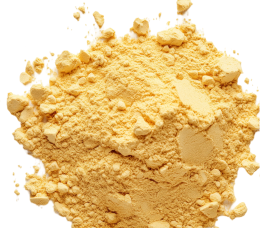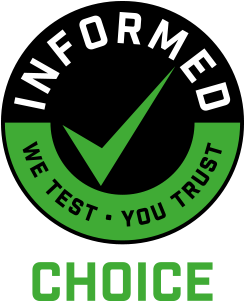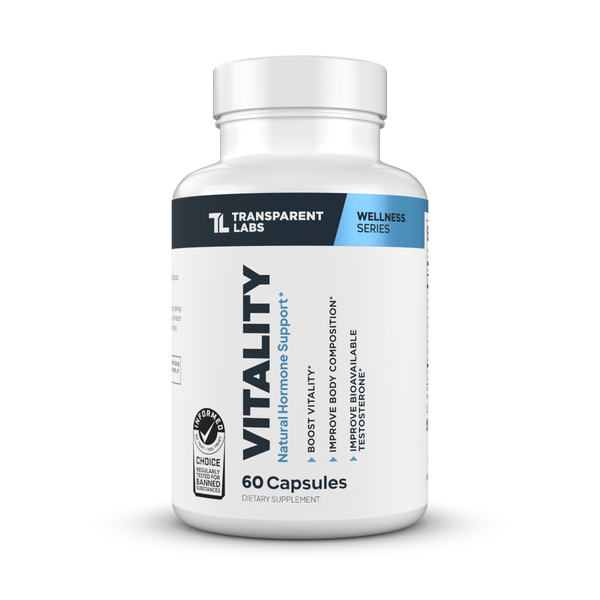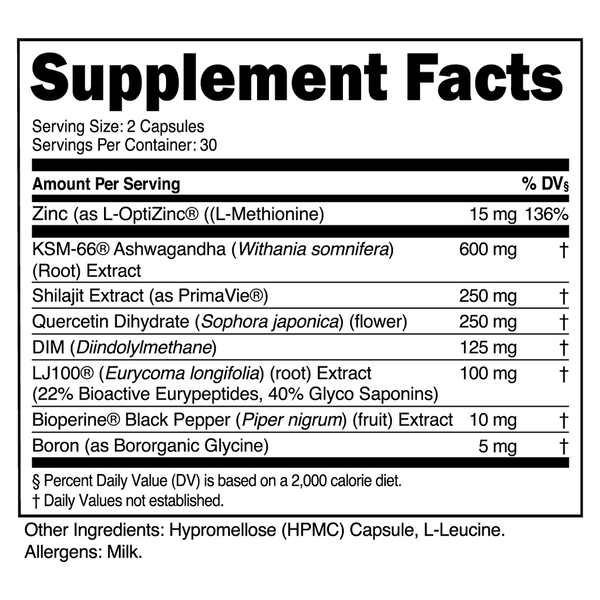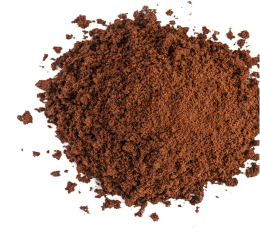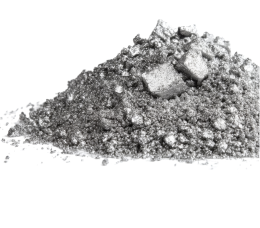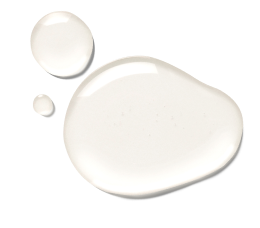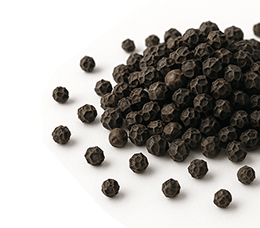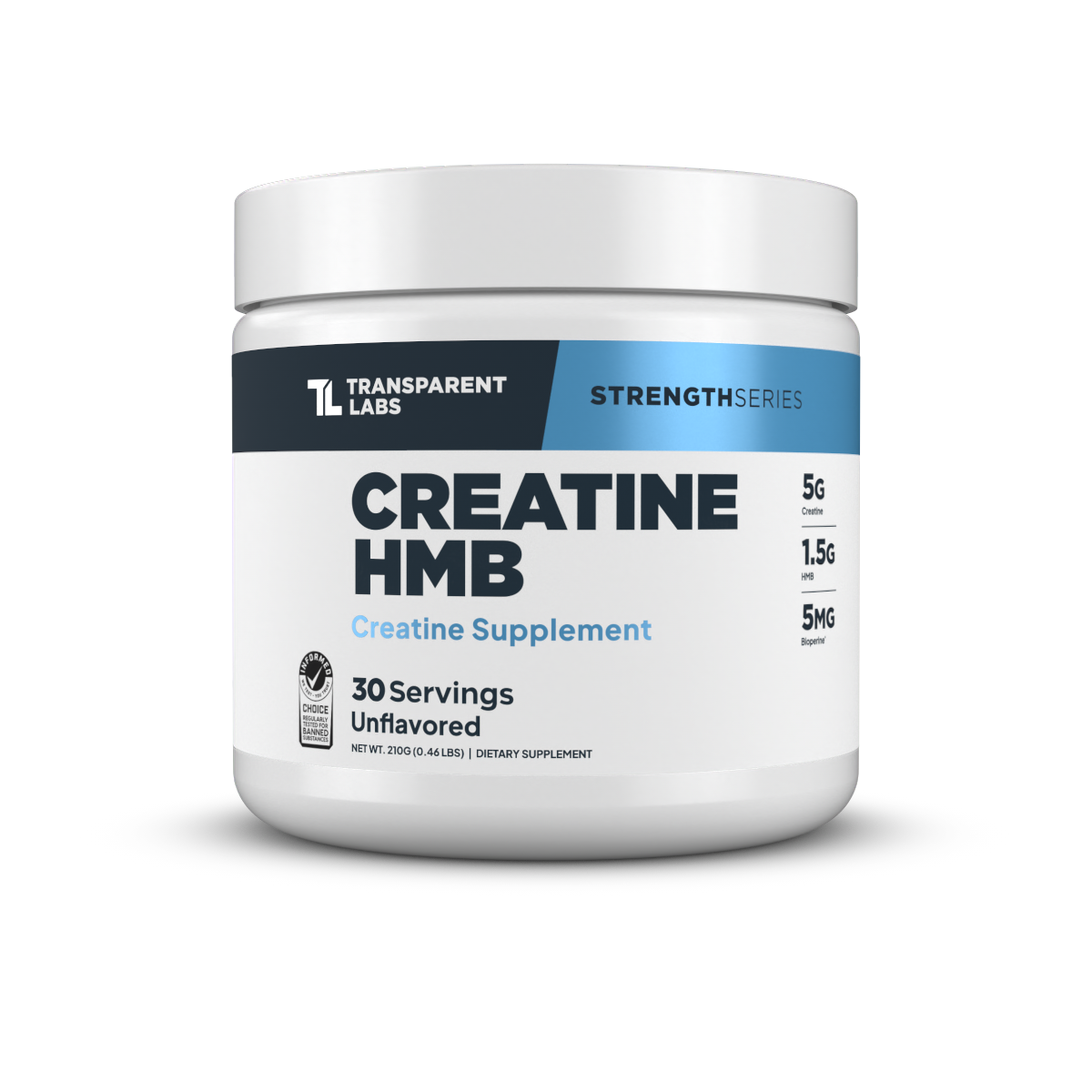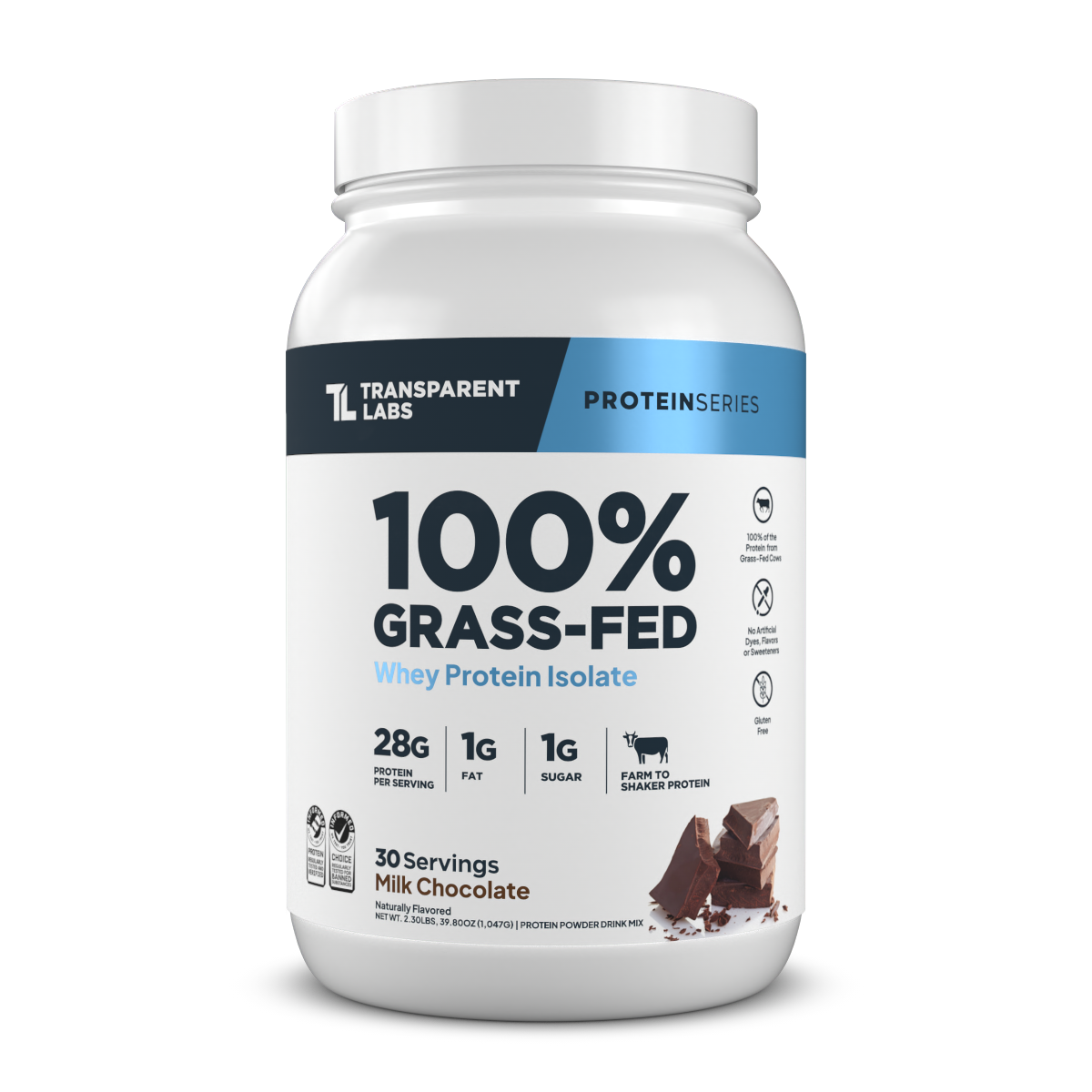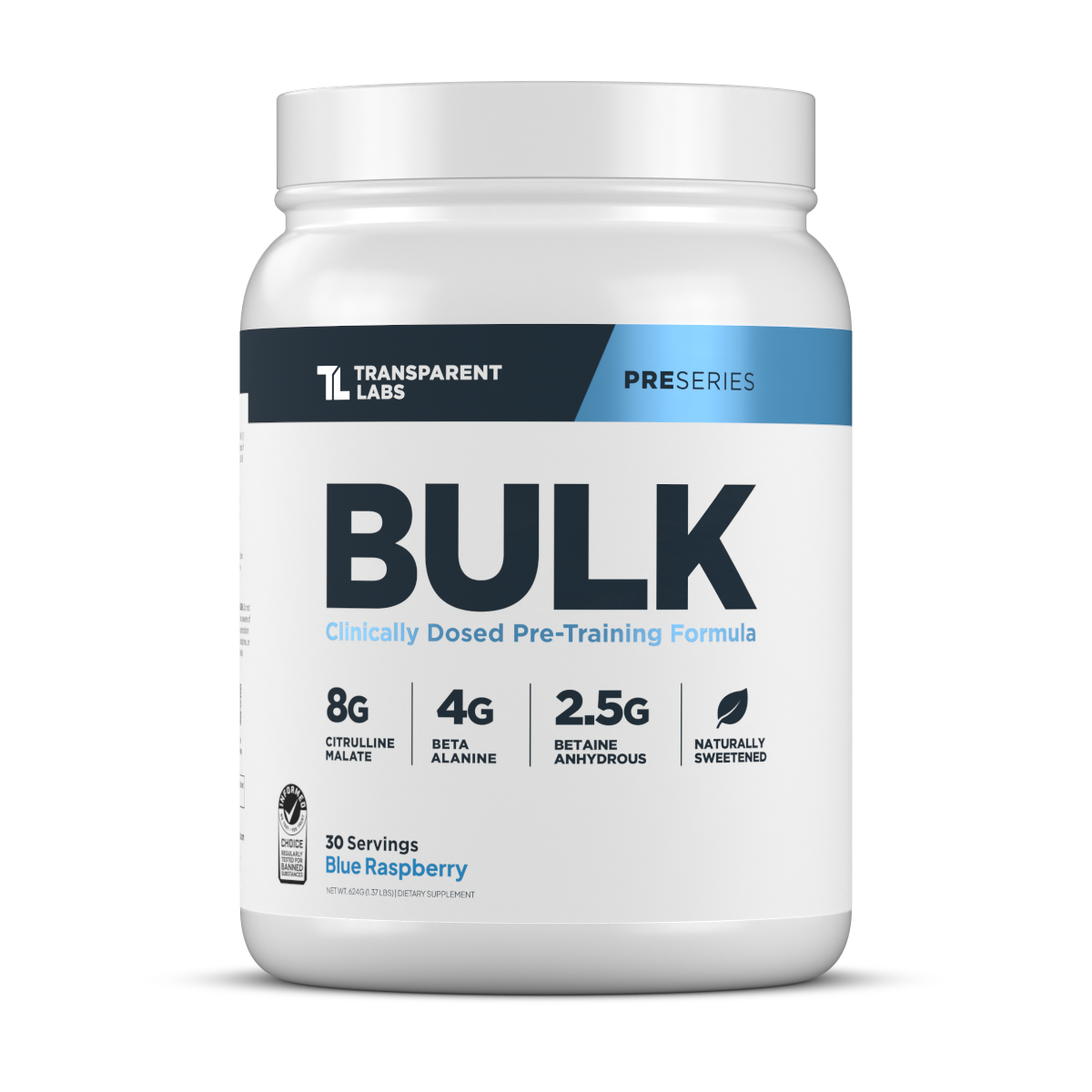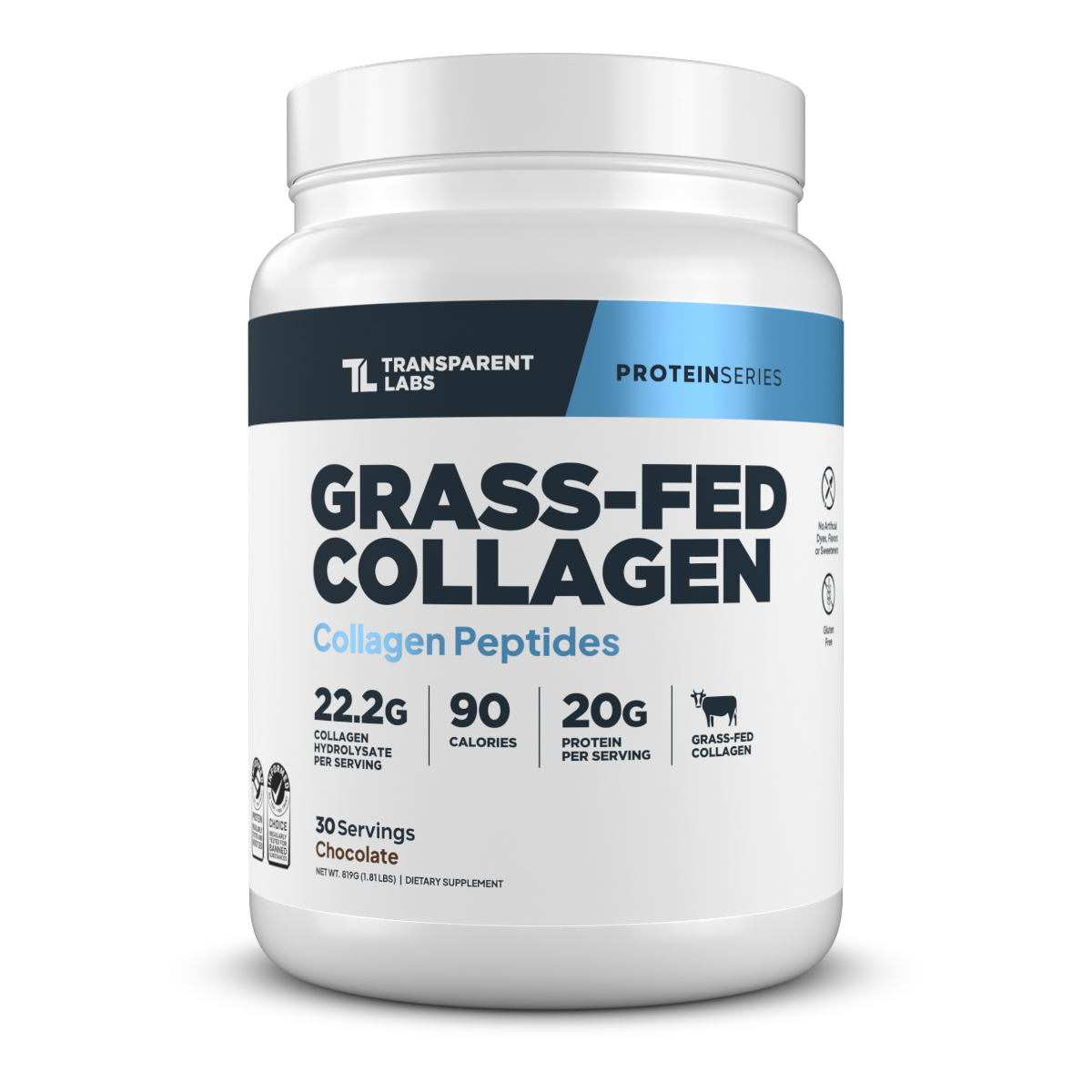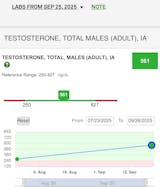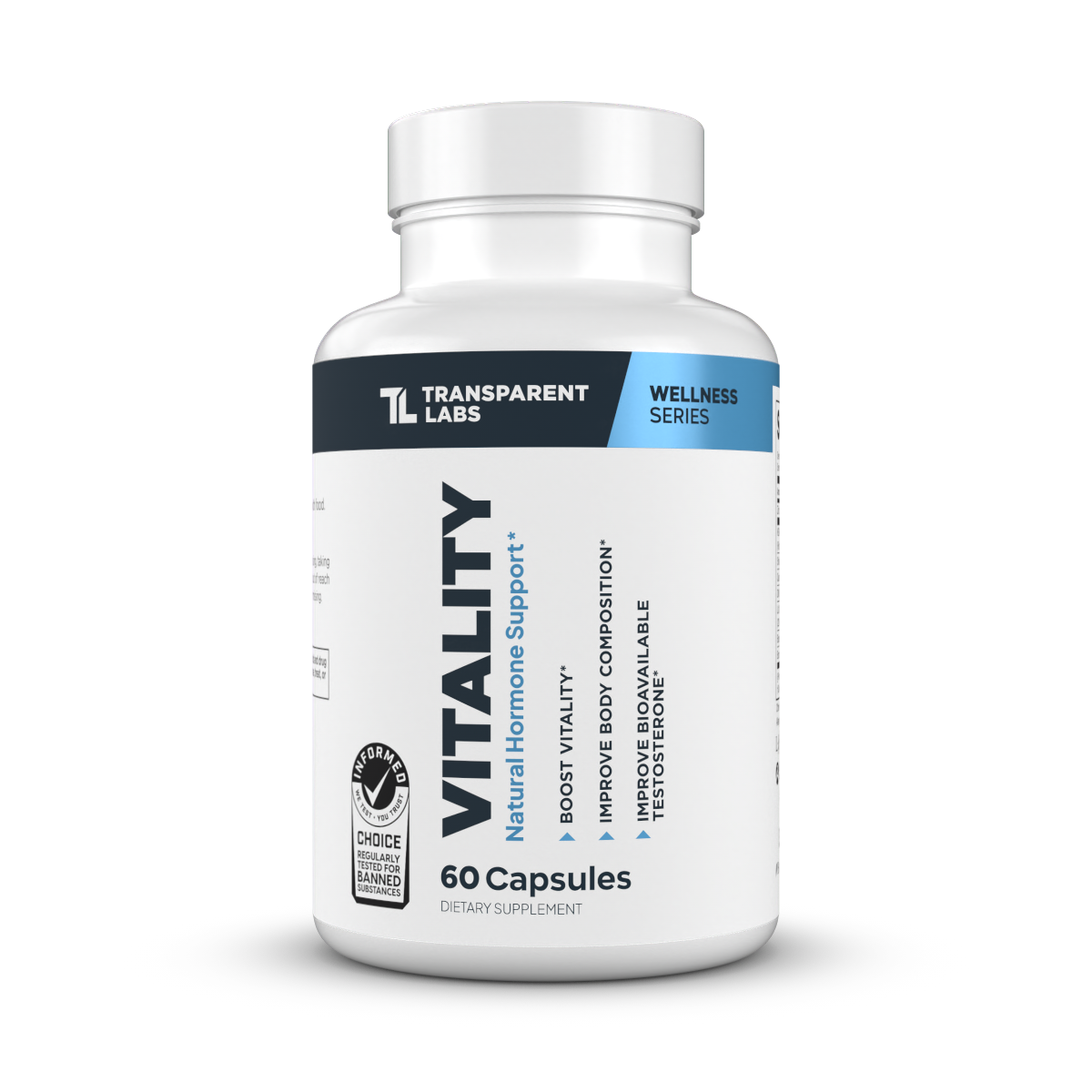
Vitality Testosterone Support
Size:
Third-Party Testing
We believe trust is earned through transparency. That’s why we provide full access to our third-party test results, so you can feel confident in what you’re taking. View all third-party tests.
Set the foundation for men’s health—lean muscle gains, fat burning, strength, libido, confidence, and overall vitality—with clinical doses of proven ingredients, such as LJ100® Eurycoma longifolia extract, KSM-66® organic ashwagandha extract, PrimaVie® shilajit extract, L-OptiZinc®, and BioPerine®.
These premium ingredients work synergistically to protect Leydig cells that comprise the testicles, reduce aromatase activity, and augment luteinizing hormone (LH) and follicle-stimulating hormone (FSH) which govern testosterone production and fertility.
In turn, TL Vitality primes the body for optimal well-being and athletic performance by encouraging balanced ratios of testosterone to cortisol and testosterone to estradiol.
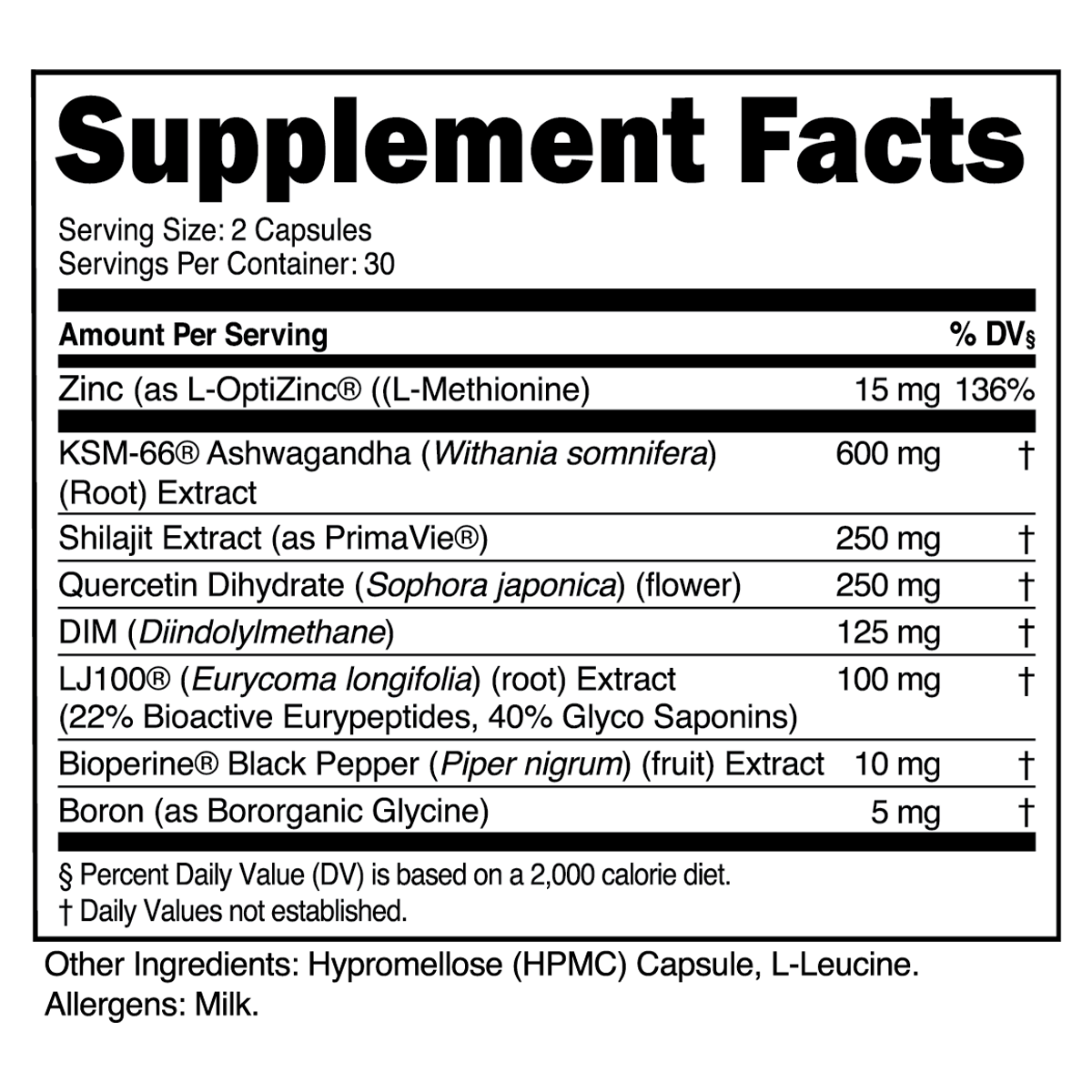
Orders in the US over $99 ship free.
Once your order has shipped out from our fulfillment center, you will receive a Shipping Confirmation email. If you selected a tracked shipping method, you will receive your tracking information, along with the necessary steps to track your order, within this email. Please note, orders are generally fulfilled same day or next business day.
Click here for the full shipping and delivery guide »
45 Day Satisfaction Guarantee
If you are not satisfied with your product, we will offer you a full refund or store credit for the value of the item within 45 days of delivery.
Click here for the full refund policy »
why use Vitality Testosterone Support?
Features clinically studied ingredients to naturally enhance testosterone, fertility, and overall men’s health.
Naturally Enhance Testosterone
Support optimal hormone production by increasing testosterone and reducing cortisol.

Improve Fertility & Libido
Contains ingredients proven to improve sperm count, libido, and reproductive health.

Balance Mood & Stress
Adaptogens like KSM-66® Ashwagandha naturally reduce stress, improving mood and mental clarity.

Enhanced Absorption & Effectiveness
Includes BioPerine® for superior nutrient absorption and maximal bioavailability.

Key Ingredients
Organic Ashwagandha Extract (KSM-66®)
600 mg
Adaptogenic herb clinically shown to boost testosterone, reduce stress hormones, enhance fertility, and improve mood and cognitive performance.
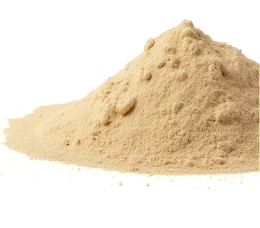
Shilajit Extract (PrimaVie®)
250 mg
A mineral-rich resin clinically proven to increase total and free testosterone levels, improving fertility, energy, and overall male health.
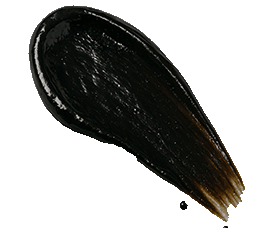
DIM (Diindolylmethane)
125 mg
Natural compound from cruciferous vegetables that balances estrogen levels, supports hormonal health, muscle growth, libido, and mood.
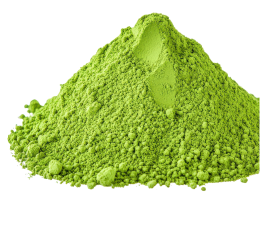
Quercetin Dihydrate
250 mg
Quercetin is a polyphenol (plant metabolite) found in various fruits and vegetables known for its antioxidant properties.
